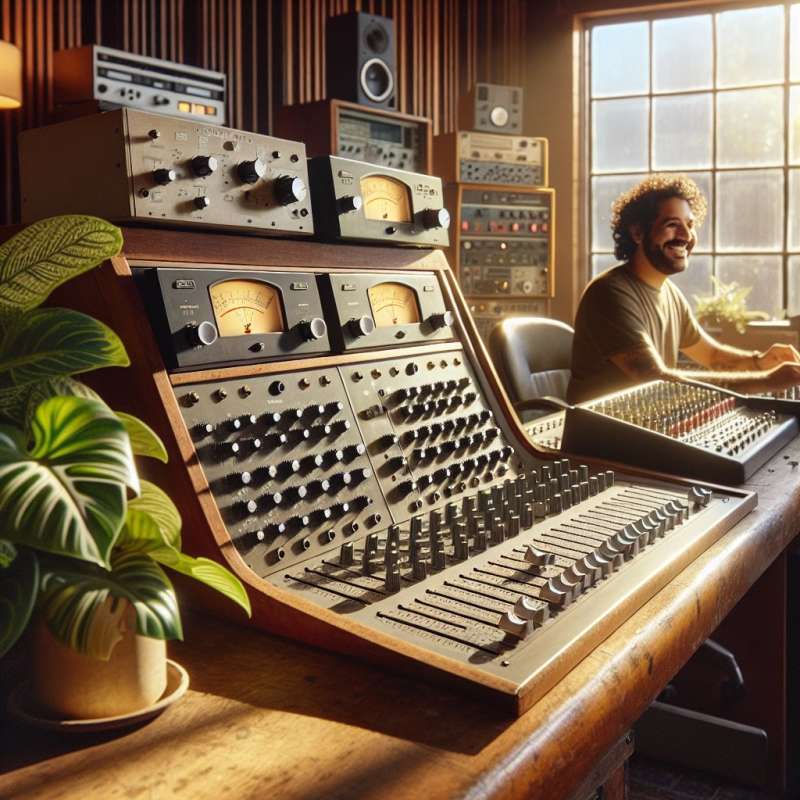
Understanding EQ Fundamentals
Equalization shapes the frequency content of audio signals. It's essential in mixing to achieve clarity and balance. EQ allows selective frequency boosts, cuts, and bandwidth adjustments, enhancing sonic textures and mitigating conflicts between elements.
EQ Types Explained
EQ types include graphic, parametric, and shelving. Graphic EQs offer fixed frequency bands, parametric EQs provide precise control with adjustable Q, frequency, and gain, while shelving EQs boost or cut frequencies beyond a set point.
Parametric EQ Precision
Parametric EQs are the most flexible, allowing for pinpoint adjustments. You can target specific problem frequencies, sculpt tones intricately, and manage the width of your adjustments with the Q factor—a lower Q affects a wider range.
EQ in Mixing Context
In a mix, EQ can prevent frequency masking, where overlapping frequencies from different instruments blur clarity. Strategic cuts often yield better results than boosts, preserving headroom and reducing muddiness in the mix.
High-Pass Filter Utility
High-pass filters remove low-end rumble, which can clutter a mix. They're crucial for non-bass instruments, allowing them to sit well in the mix without competing with bass-heavy elements like kick drums or bass guitars.
Mid-Side EQ Technique
Mid-Side EQ processes mid (center) and side (stereo) signals separately. It's powerful for mastering, enabling you to clear center frequencies for vocals while adding sparkle or width to side elements, enhancing the stereo image.
EQ and Phase Relationships
EQ adjustments can affect phase relationships, potentially causing issues when multiple mics record one source. Linear phase EQs address this, preserving phase but with higher latency. They're best used during mastering or for subtle mix fixes.
What does EQ shape in audio signals?
Time alignment of tracks
Volume dynamics over time
Frequency content of signals
Company